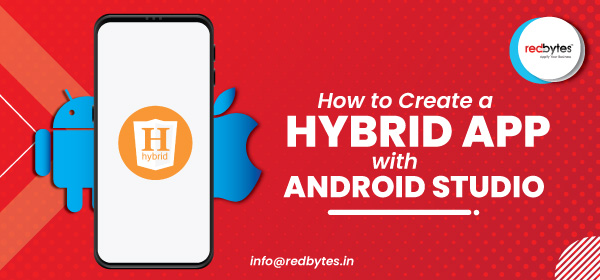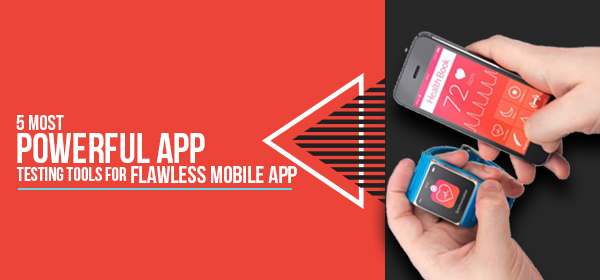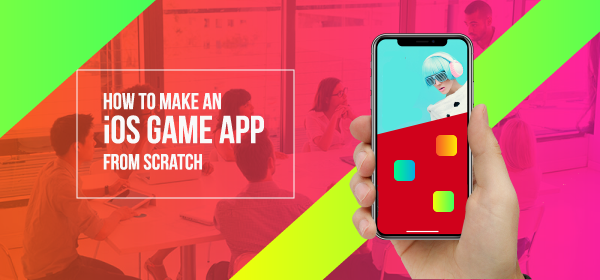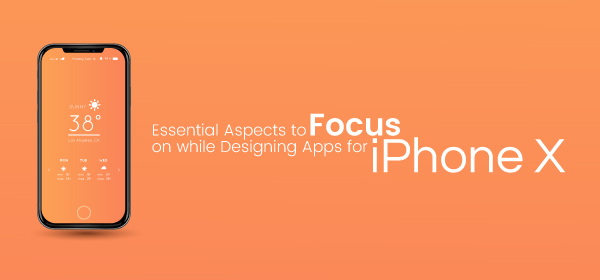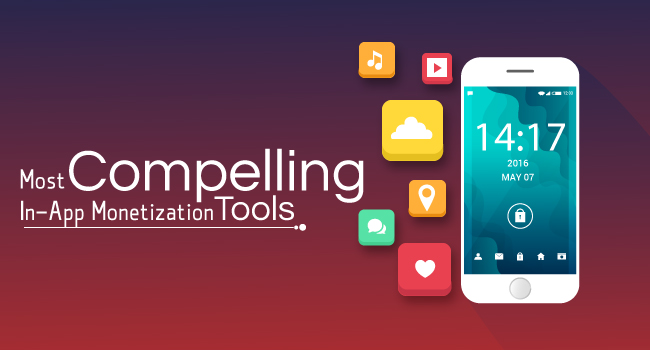Why Do Companies Outsource Their Mobile App Development Activities?
It could be because you lack time, money, technical expertise, experience or resources to continue with in-house mobile app development. You may be prompted to rope in an external source to develop a mobile app for your company when you are driven by a desire to save money . You will scout for some cheap resources and strike a deal with the company that promises you “cheap and best” mobile app development services.
Given the fact that the market for mobile apps is growing by leaps and bounds with every financial year, it is for you to establish a working relationship with a technically-strong agency. Your outsourcing partner should guarantee you a professional working environment along with the delivery of quality products. But when you pick up one end of the stick, you are naturally lifting the other end too. Thus, choosing to tread the path of outsourcing a mobile app development team comes with a share of advantages and disadvantages to your business.
Let us now understand and contrast them under their respective heads.
Pros of Outsourcing a Mobile App Development Company
1. A Budget-Friendly Option
Topping the list of advantages of hiring an external mobile app development team is the evident cost savings that can boost your bottom line. When you outsource, you will be billed only for the work that is done by them; be it on an hourly or fixed payment. This provision will come into practice depending on the terms of your agreement with the external entity.
You can be sure of cutting down overhead costs which can work in your favor to bring down your overall operational and business expenditure. Hence, outsourcing comes as an affordable solution when you don’t have to incur additional expenditure to train your workforce. Simply sign up with a reputed mobile app development company and you don’t have to sweat over the constant improvement in the qualifications of your in-house technical team.
2. Technical Resources and Expertise At Your Disposal
When you sign up with an external mobile app development company, you can make the most of the established systems and tools that come with your mutual technical agreement. You can make the best use of their tools, licenses, software, certificates and many other resources that come handy in churning out state-of-the-art mobile apps. It is like all the essential technical and physical resources are offered to you under one roof.
Well-established mobile app development companies vouch for their dedicated teams which take care of your project right from the start till your mobile app comes up in the market. By roping in an external mobile app development company, you can avail the services of industry experts, designers, testers, project managers and marketers; all those professionals who are associated with the outsourced company. That means, through outsourcing, you will benefit from the expertise of skilled people across the globe who are adept at churning out mobile apps for clients like you and me.
3. Capitalize Technology-Specific Inputs
An external mobile app development team will demonstrate a high level of synergy coming from developers who are specialized in various technologies. Bringing to the table a host of technical suggestions, your idea of signing up with an outside party will help you understand the pros and cons of every technology. This way, you will be able to come up with a well-informed decision as to which technology or version suits your mobile app development requirements the best.
4. Do Away with Micromanagement – A Time-Saving Mechanism
Micromanagement, in today’s business-centric world drains a lot of operational time. It is indeed a time-consuming proposition to constantly keep a watch on what your employees are up to when your company is treading the path of in-house mobile app development.
When you partner with an external mobile app development company, you will be saving a great of time with regard to managing your project. It becomes the prime responsibility of the subcontracted company to ensure that your project meets the agreed deadline. It is then that you will benefit with time when you can concentrate better on your business or any other project that is waiting to be launched.
5. Avail the Benefits of a Round-The-Clock Support System
Most of the outsourced teams offer you 24/7 support. The agreement between you and your outsourced company handholds you to resolve any issues that might crop up at any point. Simply get in touch with the technical executives of the company and you are all covered. You will not be left groping in the dark when you are seeking technical guidance coming from the global talent pool that is ordained to fix your problems.
6. Transparency and Complete Control Over the Development Process
After signing the dotted line with an external mobile app development company, you will be able to enjoy the benefits of transparency in everything that the company engages in, coupled with exercising total control over the mobile app development process. There are many outsourcing companies that allow you to access various tracking tools that can become the yardsticks of progress with regard to the job assigned. This can pave the way for better understanding between both the parties, creating a congenial business relationship that is mutually beneficial to both the parties in question.
7. Tap Into the Knowledge Pool of Global Companies
Entrepreneurs always strive to build profitable business models. With this basic idea as the backdrop, they scout for external partners that will offer them an assembly of options that can be weighed against each other in building a competitive mobile app. In doing so, you will be able to tap into the organizational behaviors of various companies across the globe.
Your company will be able to assimilate invaluable information that comes in the form of multiple developmental processes, varied attitudes and lifestyles that are innate to a particular region. This could serve as a purposeful repository for you and your business when you start learning something new with every passing day. Thus, you can tag on to these professional setups to make your mobile app development dreams come true; the simple and profitable way.
Cons of Hiring an External Mobile App Development Company
Let us now move on to the subtopic of this discussion; the cons of signing up with an outside mobile app development team or company.
1. You Can Burn Your Fingers By Endangering Data Privacy
It is your prime responsibility to secure your data. However, when you choose to outsource your mobile app development activities to an external agency, you may run the risk of jeopardizing the confidentiality of your data. There are many freelancers who offer to develop your mobile apps without sparing a thought about maintaining the privacy of your data.
In this context, you can avoid this serious botch-up by having a Non-Disclosure Agreement (NDA) in place even before you assign the project to the agency.
2. Inability to Exercise Total Control Over the Mobile App Development Process
Signing up with an external app development company may lead to a situation when you begin to lose track of what is happening on the other side. When you are not personally overlooking every instance of your mobile app development, you will be compromising on the constant assessment of the day-to-day progress in your project. Remote operations do have their shortcomings.
To ensure that you are in the constant know of things that are taking place at the offshore location, you should hire the services of an adept project manager. He/she will act as a liaison between you and the external agency, paving the way for effective management. In the event you are unable to hire a project manager, you can check out and employ a project management tool that suits you best.
3. Time Zone Differences Cause Communication Gaps
There can be an instance when you and your outsourced team will be working under different time zones. This may lead to communication gaps between you and your outsourced workforce. This time-based challenge can be addressed by signing up with reputed mobile app development companies who will address your language-centric issues. Companies that provide upscale services hire the services of a project manager who will exclusively oversee and report all the happenings of your project to you; surpassing the boundaries of time and language.
Conclusion
After weighing the pros and cons of choosing to tie up with an outsourcing agency to develop your mobile app, it pays to steer clear of certain functional and operations flaws. These flaws can be done away with provided you conduct an in-depth analysis of the company, its reputation in the market and customer feedback that is published online in the form of relevant blogs and reviews. Asking the outsourced company for references is another way to pick the right one so that you can protect yourself from a company initially overpromises but under delivers.

